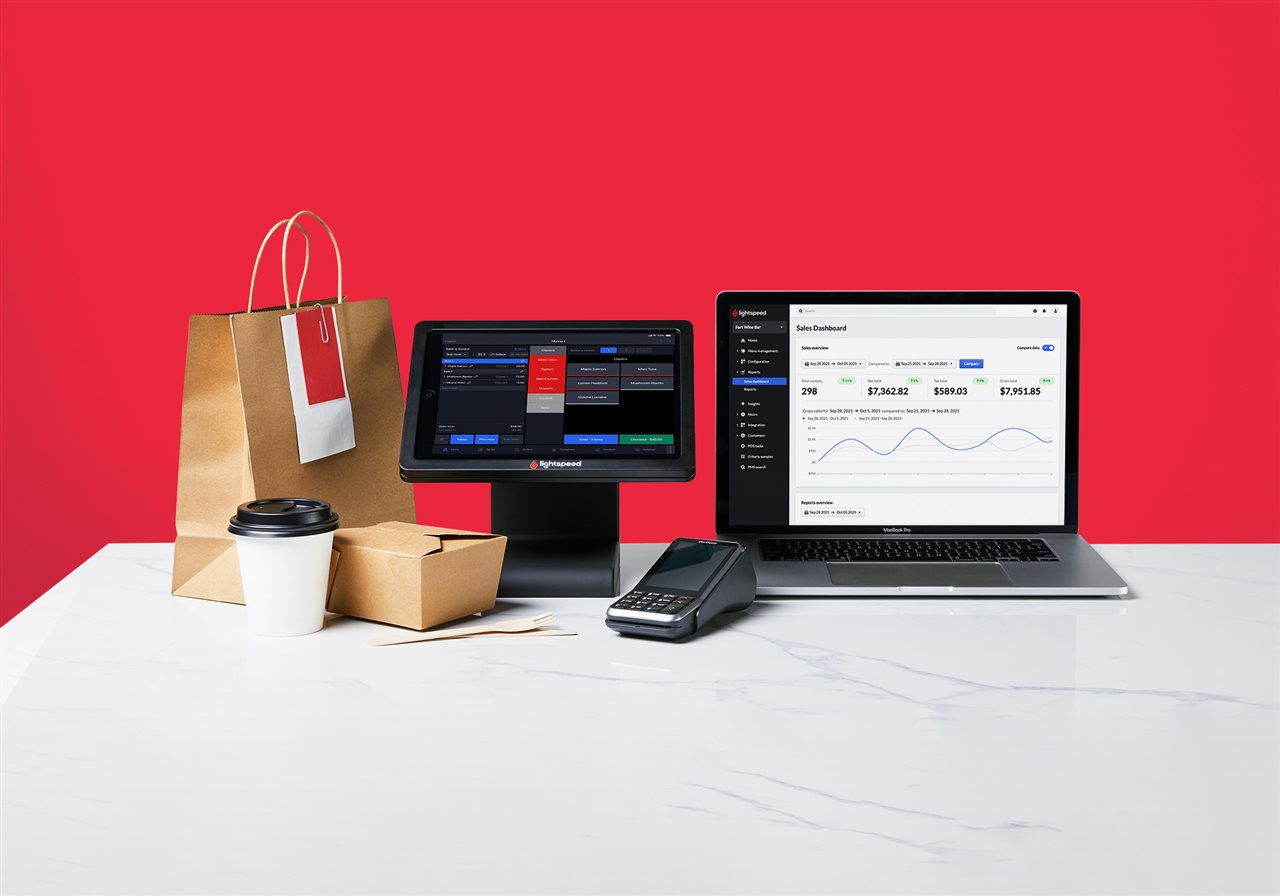The guests are back: 77% of U.S. consumers in Lightspeed’s poll are dining out at least once a month or more, with 40% dining out more than two to four times a week, and 30% saying they are dining out more than they were before COVID, taking advantage of what they’ve missed.
Guests are back: How the restaurant industry has changed forever – and for good
(BPT) – In this new era of hospitality, technology is driving customer retention, automation and efficient food costing, which have all become key to profitability. The pandemic forced restaurants to adapt to not only a new, leaner business model but new consumer behavior as well. With customers opting for alternatives to dine-in, restaurants adapted to build solutions to offer takeout, delivery and curbside pickup options. Meanwhile, restaurants are struggling with staffing challenges, government mandates and dynamic reopening in different regions.
In a recent Lightspeed and OnePoll survey of Global hospitality merchants, 90% feel that technology has helped their business survive the last two years, and 92% feel their business is more efficient today than it was one year ago. Peter Dougherty, GM, Lightspeed Hospitality, offers three ways tech is reshaping the hospitality industry:
1) Once seen as a job killer, automation will save an understaffed industry.
In a recent JobList survey of 13,000 hospitality employees, nearly half said they had left their job for good, and a third said they were done with the industry. This aligns with Lightspeed’s U.S. research which shows 55% of operators struggling to retain staff.
Amid this shortage, restaurant operators and customers are seeing the value in automation technology. This means saving time by automating functions like taking orders or processing inventory with a solution like Lightspeed Restaurant. Lightspeed found that 67% of hospitality merchants in the U.S. see more automation as the best way to combat employee turnover, 50% plan to utilize some form of automation technology within the next two to three years, and another 50% also see a future with more flexibility for hospitality employees.
2) Guests’ behavior drives technology, but also staff shortages.
The guests are back: 77% of U.S. consumers in Lightspeed’s poll are dining out at least once a month or more, with 40% dining out more than two to four times a week, and 30% saying they are dining out more than they were before COVID, taking advantage of what they’ve missed.
QR codes, once seen as outdated tech, were one of the big winners of distanced dining. And with restaurants and bars more short-staffed than ever, guests are suddenly more comfortable ordering through a QR code while a smaller floor staff maintain a level of guest service. When it comes to U.S. consumers dining out, ordering through a QR code (21%) or contactless payments (31%) made them feel “safer.”
But this rabid return has had its consequences: 62% of hospitality professionals in the U.S. report that guests have been more demanding, and 40% said they were tipping worse. 48% of U.S. merchants say “more patience and empathy” from guests would help them retain staff.
3) Technology helps merchants diversify their business.
The pandemic forced a tremendous amount of change in the hospitality industry, with 90% of U.S. merchants surveyed noting they feel that technology has helped their business survive the last two years.
When asked what technology had the biggest positive impact on their business, nearly half of merchants (47%) noted online ordering; a habit once relegated to urban millennials that became a necessity during COVID-19. Lightspeed’s survey found that 37% of U.S. merchants have brought their online ordering technology in-house to avoid third-party fees, and 60% say guests are still ordering more takeout than before COVID.
Looking ahead to the future, 78% of the merchants surveyed see online ordering technology vastly improving in the next two to three years, which will likely be a time of consolidation and automation for the industry, as stand-alone players will struggle to compete with larger integrated solutions.

